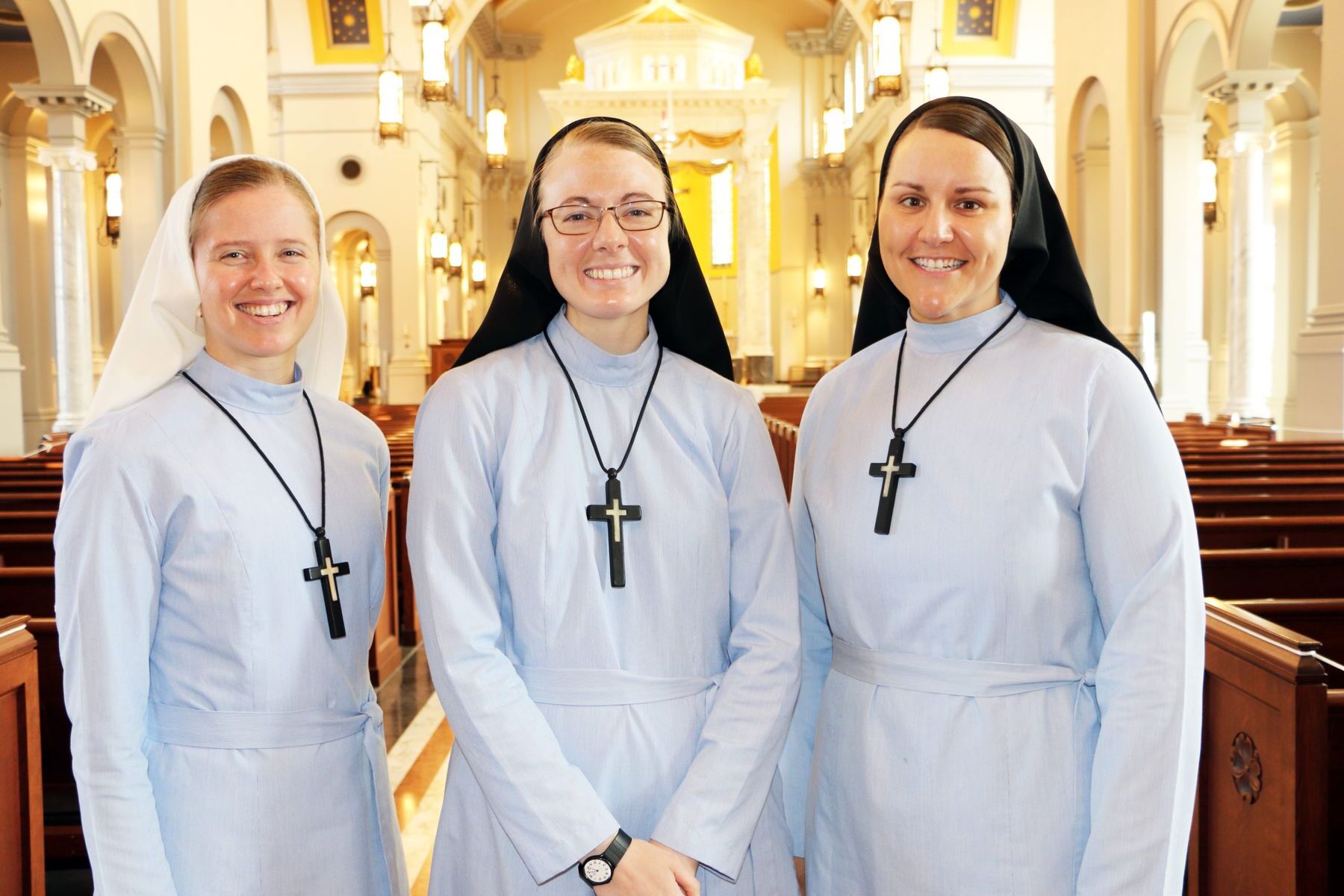
Who are Religious Sisters? Religious sisters are women who dedicate their lives to serving others through their faith. They take vows of poverty, chastity, and obedience, committing themselves to a life of simplicity and service. Unlike nuns, who live in cloistered communities, sisters often work in schools, hospitals, and other community settings. Their daily lives revolve around prayer, community living, and various ministries. Why are they important? Religious sisters play crucial roles in education, healthcare, and social justice. They often work in underserved areas, providing essential services and advocating for the marginalized. Their contributions have a lasting impact on communities worldwide.
Who Are Religious Sisters?
Religious sisters are women who dedicate their lives to serving God and humanity. They live in communities, follow specific religious rules, and often work in education, healthcare, and social services.
-
Religious sisters take vows of poverty, chastity, and obedience. These vows signify their commitment to live simply, remain celibate, and follow the directives of their religious superiors.
-
They belong to various religious orders. Examples include the Sisters of Mercy, the Dominican Sisters, and the Sisters of St. Joseph. Each order has its unique mission and charism.
-
Their day typically starts with prayer. Morning prayers, known as the Liturgy of the Hours, are a central part of their daily routine.
Historical Background of Religious Sisters
The history of religious sisters is rich and varied, spanning centuries and continents. Their contributions to society have been significant and enduring.
-
The concept of religious sisters dates back to early Christianity. Women like St. Scholastica and St. Clare of Assisi were among the first to form religious communities.
-
Many religious orders were founded during the Middle Ages. This period saw the establishment of numerous convents and monasteries, which became centers of learning and charity.
-
Religious sisters played a crucial role during the Reformation. They helped preserve Catholic traditions and provided education and healthcare amidst religious turmoil.
Daily Life of Religious Sisters
The daily life of a religious sister is structured yet fulfilling. It revolves around prayer, community life, and service.
-
Community life is essential. Sisters live together, sharing meals, chores, and recreational activities, fostering a strong sense of family and support.
-
They often wear distinctive habits. These garments symbolize their religious commitment and help identify them as members of a particular order.
-
Education is a common ministry. Many sisters work as teachers or administrators in schools, colleges, and universities, providing quality education rooted in faith.
Contributions to Healthcare
Religious sisters have made significant contributions to healthcare, often founding and running hospitals and clinics.
-
They were pioneers in nursing. Figures like Florence Nightingale were inspired by the work of religious sisters in caring for the sick and injured.
-
Many hospitals were founded by religious orders. Institutions like St. Vincent's Hospital and the Mayo Clinic have their roots in the efforts of dedicated sisters.
-
They provide care in underserved areas. Religious sisters often work in remote or impoverished regions, offering medical services to those who might otherwise go without.
Social Justice and Advocacy
Religious sisters are also known for their work in social justice and advocacy, championing the rights of the marginalized and oppressed.
-
They have been active in civil rights movements. Sisters participated in marches, protests, and other activities to promote equality and justice.
-
Human trafficking is a major focus. Many sisters work to rescue and rehabilitate victims of human trafficking, providing them with support and resources.
-
Environmental stewardship is part of their mission. Religious sisters advocate for sustainable practices and the protection of God's creation.
Modern Challenges and Adaptations
In today's world, religious sisters face new challenges and are adapting to continue their mission effectively.
-
Vocations are declining. Fewer women are joining religious orders, leading to smaller communities and increased workloads for existing members.
-
Technology is being embraced. Sisters use social media, websites, and other digital tools to reach out to people and spread their message.
-
Interfaith dialogue is growing. Religious sisters engage in conversations with people of different faiths to promote understanding and peace.
Inspirational Figures Among Religious Sisters
Throughout history, many religious sisters have become inspirational figures due to their extraordinary contributions and unwavering faith.
-
Mother Teresa is a well-known example. Her work with the poor and sick in Calcutta earned her international acclaim and a Nobel Peace Prize.
-
Sister Helen Prejean is another notable figure. Her advocacy against the death penalty and work with death row inmates have brought attention to issues of justice and mercy.
Final Thoughts on Religious Sisters
Religious sisters have a rich history and play a vital role in communities worldwide. Their dedication to service, education, and healthcare has left a lasting impact. From founding schools to providing medical care, their contributions are immense. These women often live in convents, following vows of poverty, chastity, and obedience. Their lives are marked by prayer, community living, and a commitment to their faith. Despite challenges, they continue to inspire and support those in need. Understanding their work and sacrifices helps us appreciate their significant role in society. Whether teaching, nursing, or advocating for social justice, religious sisters embody compassion and dedication. Their stories remind us of the power of faith and the importance of serving others. As we reflect on their contributions, let's recognize and honor the invaluable work of religious sisters in our communities.
Was this page helpful?
Our commitment to delivering trustworthy and engaging content is at the heart of what we do. Each fact on our site is contributed by real users like you, bringing a wealth of diverse insights and information. To ensure the highest standards of accuracy and reliability, our dedicated editors meticulously review each submission. This process guarantees that the facts we share are not only fascinating but also credible. Trust in our commitment to quality and authenticity as you explore and learn with us.


